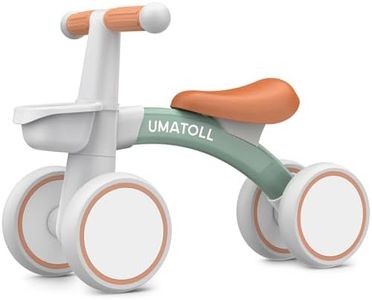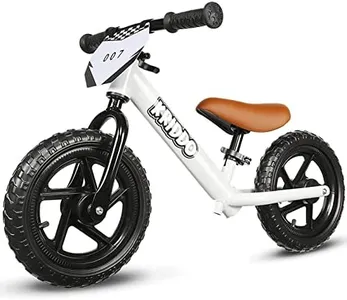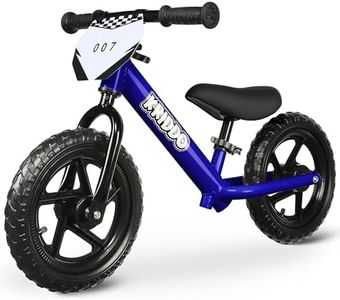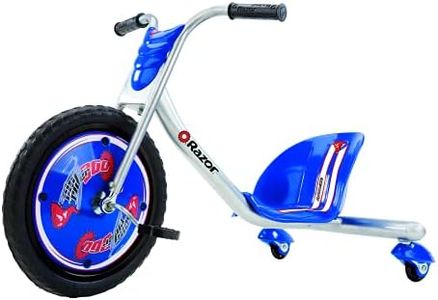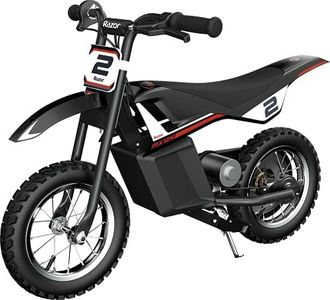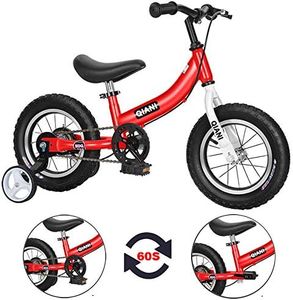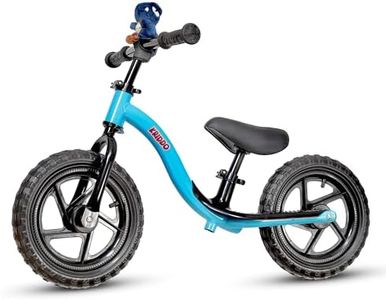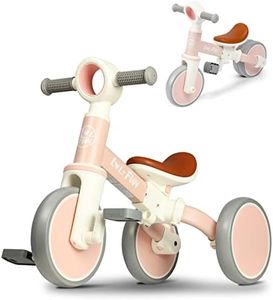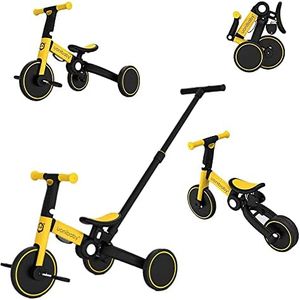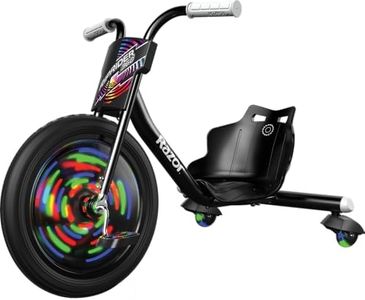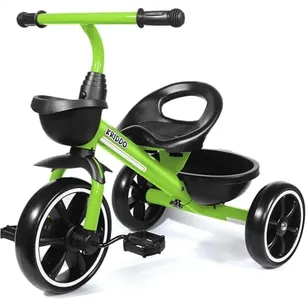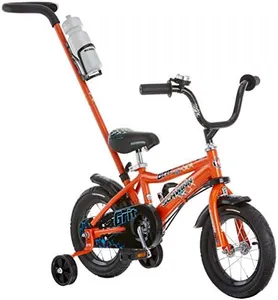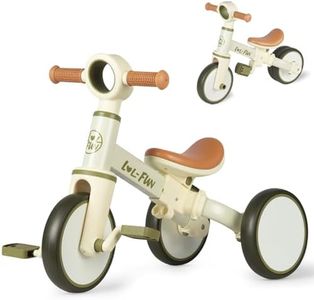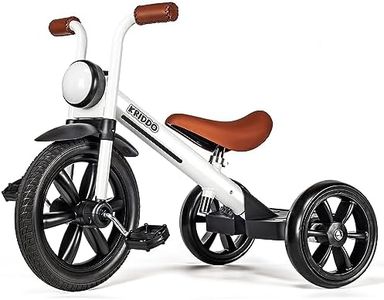We Use CookiesWe use cookies to enhance the security, performance,
functionality and for analytical and promotional activities. By continuing to browse this site you
are agreeing to our privacy policy
10 Best Bikes For Kids
From leading brands and best sellers available on the web.By clicking on a link to a third party's website, log data is shared with that third party.
Buying Guide for the Best Bikes For Kids
Choosing a bike for a child is an exciting process that should prioritize safety, comfort, and fun. The right bike can boost your child's confidence, encourage an active lifestyle, and help develop important motor skills. Start by considering your child’s age, height, and level of experience with bikes. Visiting a store to let your child try different bikes is very helpful, but if you shop online, always check sizing charts and user reviews for extra context. Remember that the most important aspect is that the child feels secure and comfortable on the bike, making their learning and riding both enjoyable and safe.Wheel SizeWheel size on kids' bikes typically ranges from 12 to 24 inches and is the primary factor in choosing the right bike. Larger wheels are usually for older or taller children. To find the best fit, match the wheel size to your child’s inseam measurement rather than their age, as children grow at different rates. Smaller wheels (12-14 inches) are best for toddlers or beginners, often found on balance bikes. Medium sizes (16-20 inches) suit preschoolers and elementary-aged kids, while the largest sizes (24 inches) are intended for preteens. The right wheel size ensures your child can touch the ground with their feet while sitting, providing stability and confidence.
Frame MaterialBikes for kids generally come in frames made from steel or aluminum. Steel frames are sturdy and affordable, making them common in beginner bikes, but they can be heavy, which may be tough for smaller children to maneuver. Aluminum frames are lighter and easier for children to handle, especially as they transition to bigger bikes or ride longer distances. For younger and smaller kids, a lighter frame is often preferable to make learning and riding more enjoyable.
BrakesThere are two main types of brakes on kids’ bikes: coaster (pedal) brakes and hand (lever) brakes. Coaster brakes activate when the rider pedals backward and are good for very young children who may not have the dexterity for hand brakes. Hand brakes teach kids how bikes generally work as they grow, but require enough hand strength and coordination to operate safely. Many small kids’ bikes offer coaster brakes only, while mid-size and larger bikes may offer hand brakes or a combination. Consider your child’s age and ability—very young riders often do best starting with coaster brakes, but as they gain confidence, learning to use hand brakes is helpful for transitioning to adult bikes.
WeightThe overall weight of the bike is an often-overlooked factor but is very important. A lighter bike is easier for a child to control, lift, and ride for longer periods, especially when starting out. Kids' bikes should generally not weigh more than 30% of the child's own body weight; otherwise, they may struggle with balance and maneuverability. Pay attention to product details and reviews to gauge if a bike is appropriately lightweight for your child.
AdjustabilityFeatures like adjustable seat height and handlebars make a bike more versatile and comfortable as your child grows. Being able to raise the seat and handlebars means the bike will last longer and continue to fit your child well, helping them ride safely and confidently. Look for quick-release levers or simple tools needed for adjustments, so you can easily tweak the fit as your child grows.
Training Wheels or Balance DesignSome beginner bikes come with removable training wheels, while others are designed as balance bikes (without pedals). Training wheels can help little ones learn to ride by preventing falls, but many experts recommend balance bikes because they naturally teach children how to balance and steer, making the transition to a pedal bike smoother. Choose training wheels if your child needs extra confidence or go for a balance bike if you prefer a straightforward path to pedaling independently.
Safety FeaturesExtras like chain guards, padded handlebars, and reflective surfaces are not just nice-to-haves—they enhance your child’s safety while learning and riding. Full chain guards protect against greasy fingers and prevent clothing from getting caught. Padded handlebars help cushion any bumps, and reflectors or bright colors increase visibility to others. Prioritizing these features can give you added peace of mind while your child is out riding.
